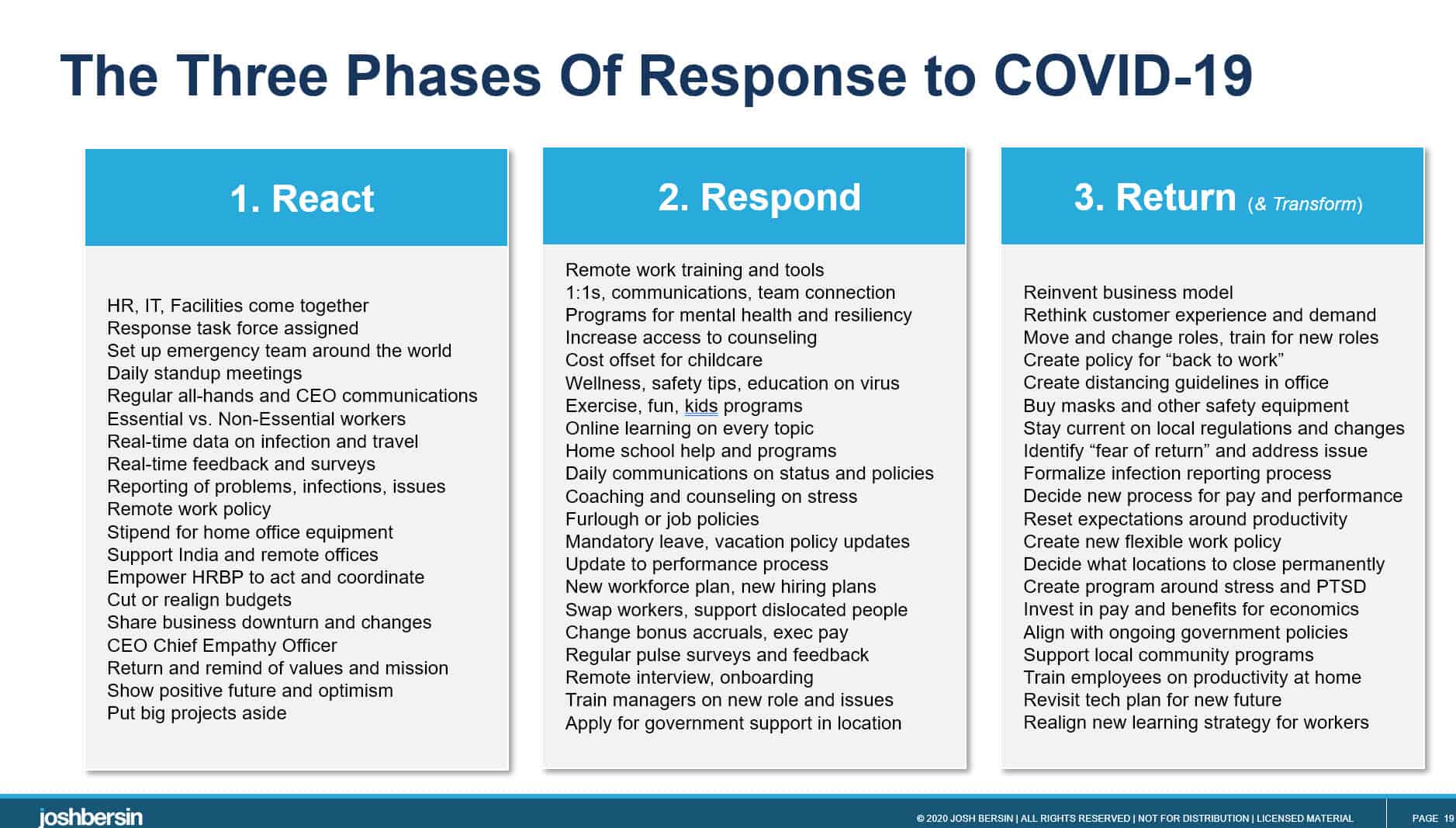My Mother, Mrs. Swarn Batra, who sadly passed away this year in June, was an epitome of service. She held an MSc. in Zoology and served as the Principal of a Kindergarten School for a few years. Along with raising five daughters, managing all household work, being busy with a job, and taking care of her aging in-laws, she always found the time and the energy to be caring, empathetic and kind to others. She would often demonstrate her kindness through food and over the years cooked and served food to many people, young and old, rich and poor, friends and strangers; always with a smile and and always with an overflowing plate. More formally, she volunteered with Age-Care India and led and participated in many medical camps that took doctors and medicines to patients in small villages and towns surrounding the capital city of India, New Delhi. Her work enabled access to good health and medical treatment for the underprivileged and poor people. But what people mostly remember her for is her generosity and willingness to listen to the pains and sorrows of others without ever mentioning her own struggles. She also organized many national and international events/functions in association with Siraiki Sahitya Sangam, Age-Care India, Senior Advocates Association, Rotary Club of Delhi, Saket Cultural Club, India International Centre, India Islamic Cultural Centre, Arya Samaj and Sanatan Dharm, etc.
My Father, Dr. J.C. Batra, is a Barrister by profession and a community-builder by choice! He has been an ardent volunteer all his life and filled key positions as both a professional and a community volunteer including as President – Age-Care India, Director and Life Trustee – Institute for World Congress of Human Rights, Vice President – Council for International Affairs and Human Rights, Vice President – Author’s Guild of India, etc. He has spent countless hours and energy on his work with Siraiki Sahitya Sangam, Age-Care India, Senior Advocates Association, Rotary Club of Delhi, Saket Cultural Club, Noida Golf Course, Sehreeti, India International Centre, India Islamic Cultural Centre, and Chinmaya Mission, Ramakrishna Mission, Servants of People Society, etc. He is 82 years old and at this very moment he is a full-time volunteer at Shri Anandpur Dham, a center of devotion and spiritualism in the heartland of the country where the nearest Railway station is 30 kilometers away!
Community volunteering was a big part of my childhood. Informally, I also engaged in professional volunteering and mentored many newcomers to the L&D field. But I had not engaged as much with professional volunteering in a formal, structured way before I moved to Canada. It was my own immigration experience that motivated me to support other immigrants and help them integrate into the Canadian life and become successful and contributing citizens of this country. I wanted to give back to my community.
Over the last 10 years, I have served as a volunteer author to encourage community action. I have also taken on the role of a ‘Workplace Connections Mentor’ to help new immigrants navigate elements of educational qualifications, credentials, work experience, networking and other aspects of the Canadian workplace culture. Along with face-to-face mentoring, I have engaged in online mentoring helping folks who haven't arrived in Canada yet and need a little more guidance before they make the big leap. My family and I have also served as "Family Settlement Mentors" helping refugee families learn about Canadian culture, practice English, embrace the many ways of living in Canada and develop new friendships. I currently serve as a volunteer Board of Director at ISSofBC, an immigrant serving organization in Vancouver, BC.
I say this all the time but I can never get tired of saying it.
I owe this passion towards volunteering to my parents and to my own immigration journey. And I am happy to say that as I am following my parent's example, my daughter is following mine. When I look back at my life, I feel satisfied knowing that I made a positive difference to someone else's life.










